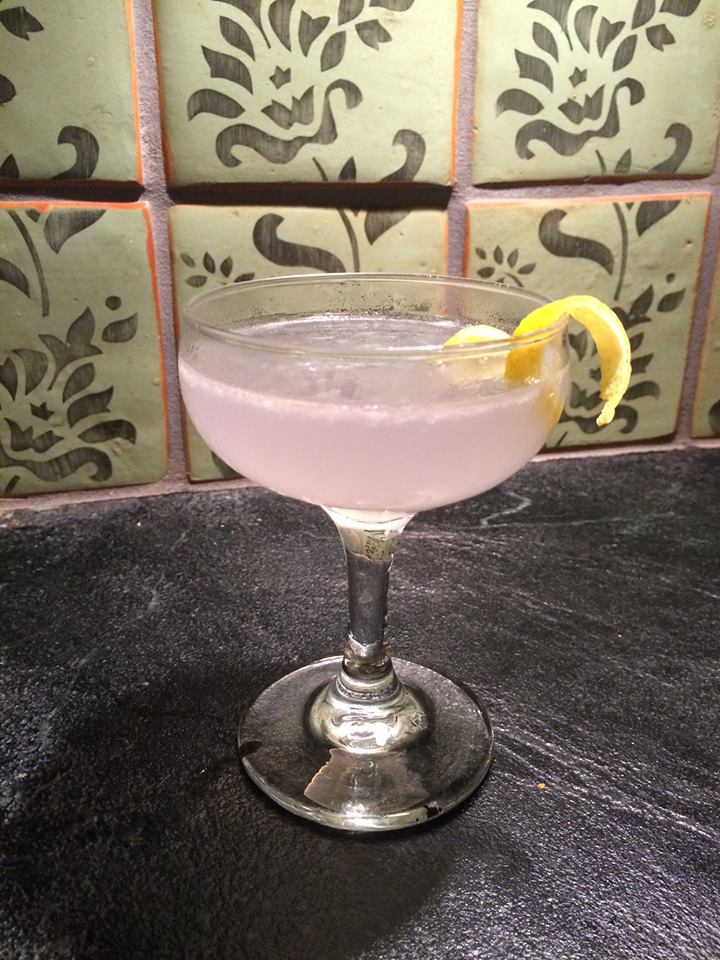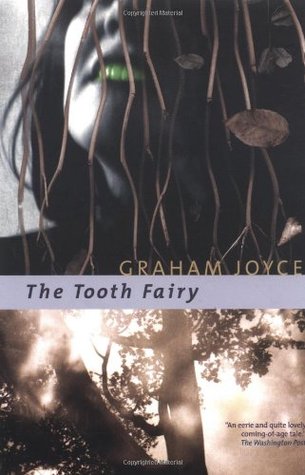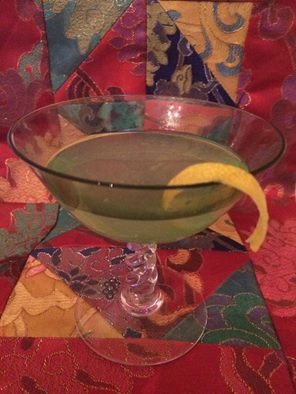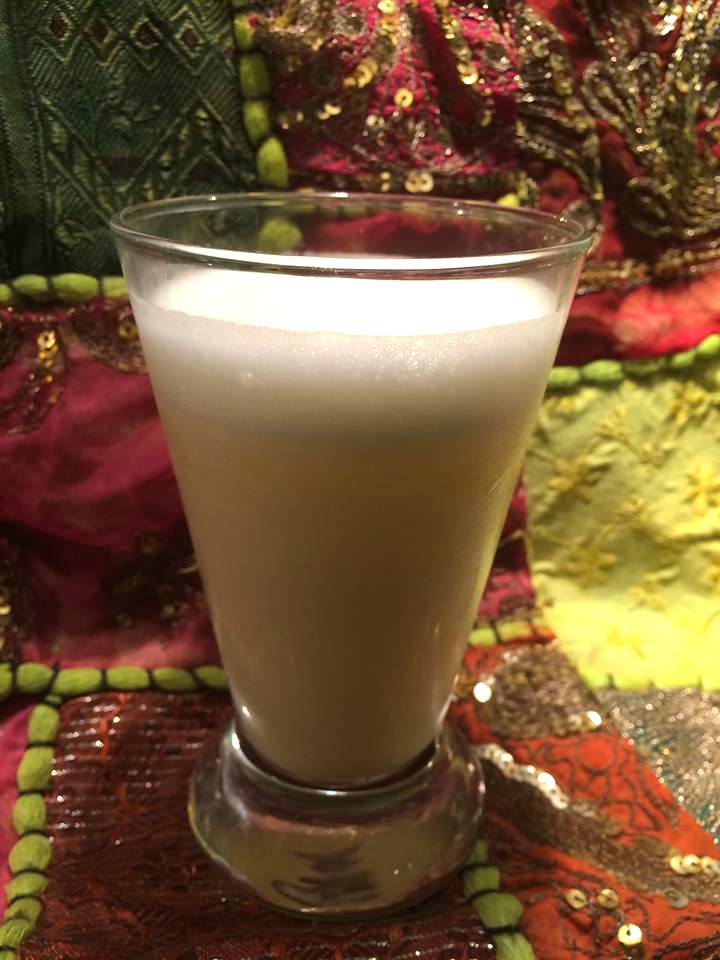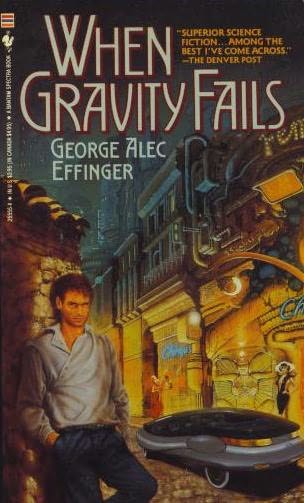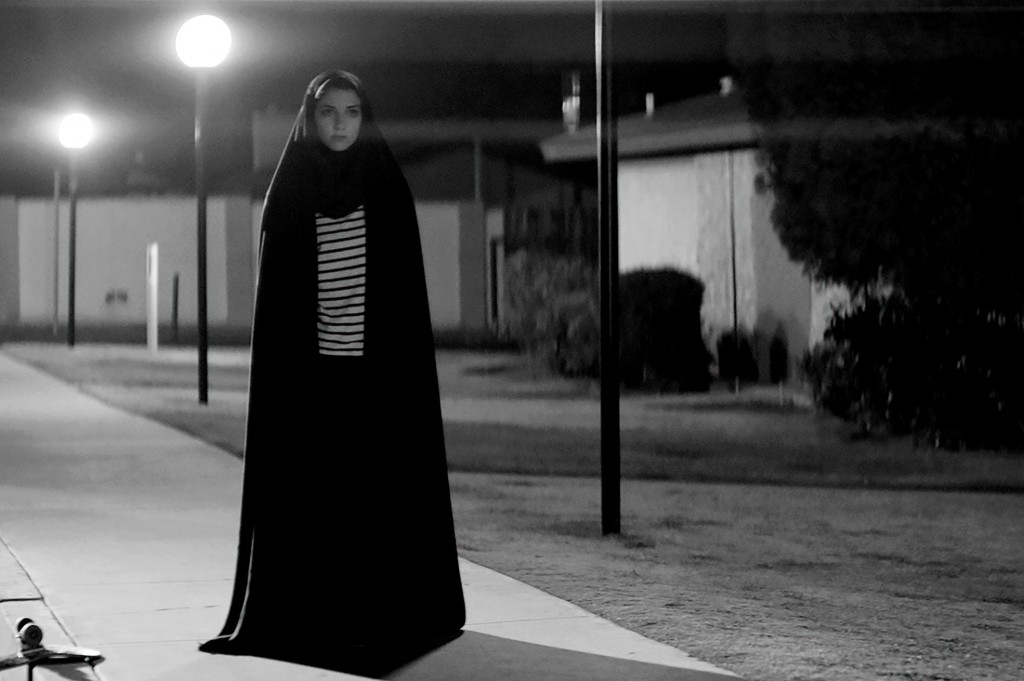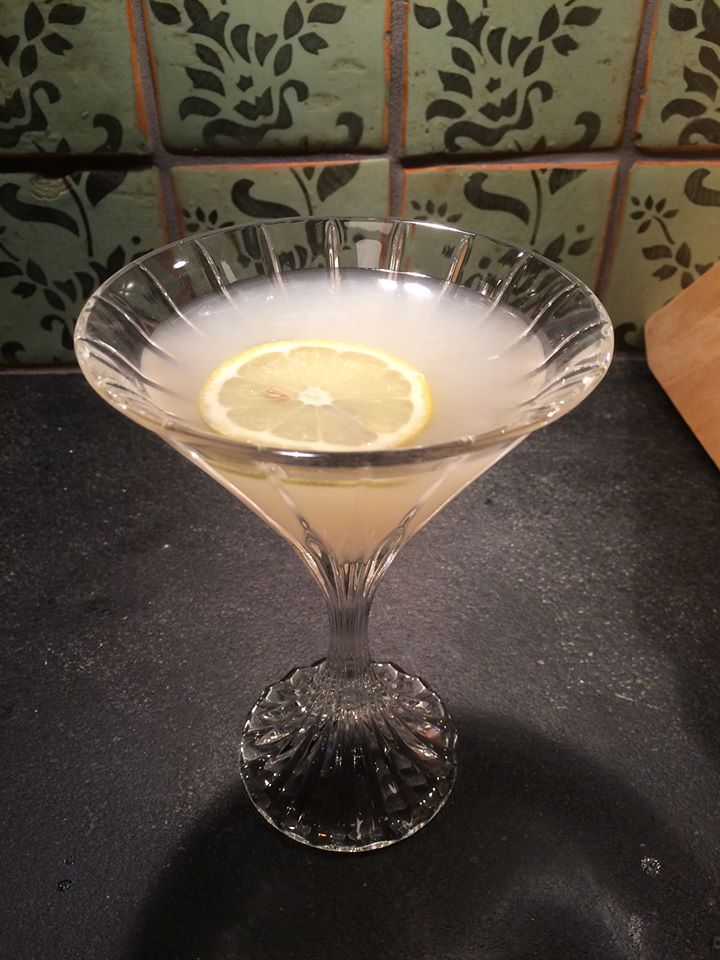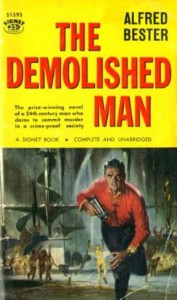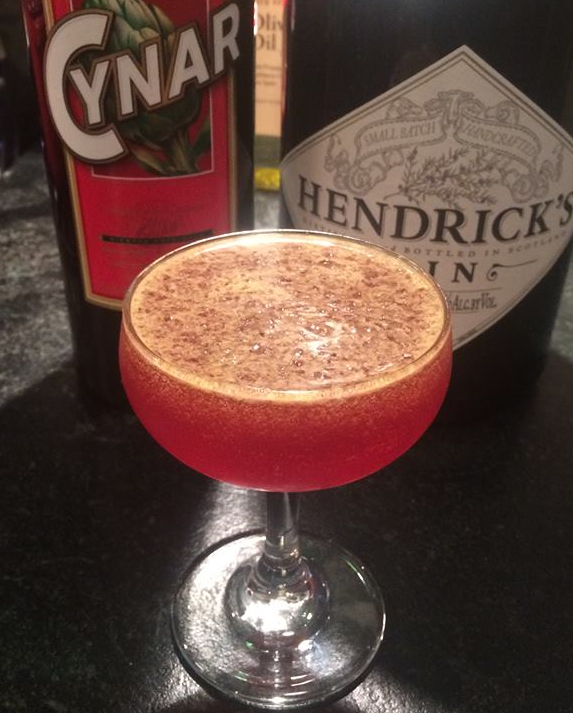Before the HBO series, the best seller list and the late night talk show appearances, Game of Thrones/Song of Ice and Fire author George R.R. Martin penned science fiction that was every bit as dark and rewarding as his epic fantasy. Some, including the 1980 novella “Nightflyers,” was dark enough to drift in that chilling stretch of space between sf and horror.
“Nightflyers,” available in Martin’s Dreamsongs: A RRetrospective, opens by describing an ancient alien race, the volcryn, who have been traveling the universe for millennia without direct human contact. “When Jesus of Nazareth hung dying on his cross, the volcryn passed within a light-year of his agony, headed outward,” the story’s unnamed narrator explains.
We learn that a man named Karoly d’Branin has assembled an underfunded research mission to seek contact with the volcryn. His motley collection of academics travels on a starcraft called the Nightflyer to reach the enigmatic aliens. Strangely, the ship’s sole crewmember, Royd Eris, hides behind the bulkheads, limiting his contact with the passengers to his intercom and a holographic image.
After some deadly and suspicious accidents, the team begins to suspect Royd is an artificial intelligence who’s covering up for a menacing inhuman presence stalking them on the ship. The rising body count and growing paranoia make for a ripping tale of deep-space terror. Think Alien shaken with Scanners and served with a 2001: A Space Odyssey chaser.
Martin masterfully builds tension during the novella’s hundred pages by throwing one difficulty after another at the research team. Beyond unraveling the nature of the ship’s inhuman presence, they must stave off the craft’s destruction, deal with an undead menace and be prepared for their pending encounter with volcryn. That’s a lot of balls to keep in the air — especially with one character after another perishing under increasingly grisly circumstances.
The fear is also heightened because we’re never sure who will be next to be blown apart or shot into space. It’s clear Martin began honing his no-one-is-safe philosophy decades before using it to keep fans riveted to Game of Thrones. Don’t expect any of the characters to be as vibrantly drawn as those in GOT, though. Probably because Martin is throwing so much into so few pages, none ever seems to be more than the sum of his or her quirks.
All told, though, “Nightflyers” is a worth your time if you enjoy the darker end of the sf spectrum. (If you like the novella, you also might want to search for the 1987 low-budget movie it inspired. Just be prepared to dig out your VCR; it’s never been released on DVD.)
This week’s cocktail attempts to capture “Nightflyers'” dark, cryptic feel by bringing together the complex flavors of gin with the complimentary floral notes of creme de violette, a liqueur made from violet flowers and a brandy base spirit. Orgeat, a sweet mixer flavored with almonds and rosewater, also adds another intricate layer of flavor. Together the ingredients make for a mysterious, slightly sweet and incredibly drinkable cocktail with a lingering floral complexity. The eerie lavender color is part of the appeal.
Nightflyer
2 ounces gin
1/2 ounce creme de violette
1/2 ounce orgeat
1/2 lemon juice
Lemon twist for garnish
Shake the liquid ingredients over ice and strain into a chilled coupe glass. Garnish with the lemon twist.


